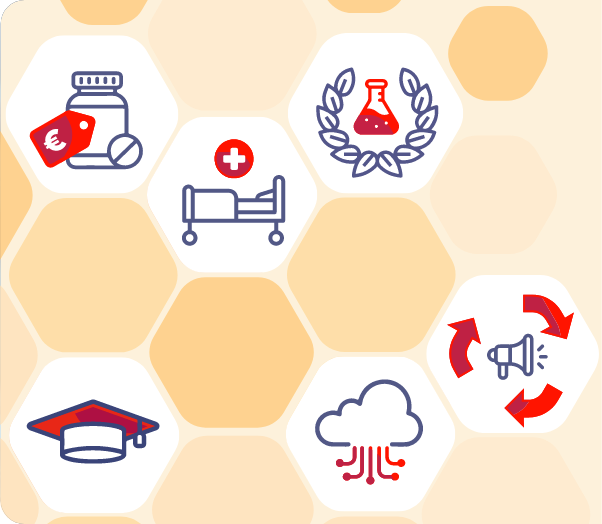Pulmonary Hypertension (PH), particularly Pulmonary Arterial Hypertension (PAH), presents a fatal complication in chronic diseases, affecting 1 in 50,000 individuals, predominantly at a young age and more often in females. The underlying genetic link involves mutations in the bone morphogenetic protein receptor type 2 (BMPR2) gene, disrupting BMP signaling. The PHAEDRA-IMPACT consortium aims to understand PH and PAH.
The Research
The research focuses on understanding PAH through the transforming growth factor-β (TGFβ) signaling pathway, particularly influenced by mutations in the bone morphogenetic protein receptor type 2 (BMPR2) gene, prevalent in heritable and some non-hereditary PAH cases. The PHAEDRA initiative identified compounds that modulate the TGFβ/BMP balance, showing efficacy in restoring endothelial function and reversing pulmonary vascular remodeling in preclinical models, though not curing PAH, making early detection crucial.
PHAEDRA has identified biomarkers for timely diagnosis and personalized treatment. PHAEDRA-IMPACT will enhance early detection using non-invasive risk assessments, imaging, and biomarker profiling to detect pre-capillary PH. Precision medicine will guide tailored therapies based on advanced imaging and biomarker analyses, addressing disease progression variability among predisposed individuals.
Additionally, patient-derived induced pluripotent stem (iPS) cells will be used in 3D culture models of lung and heart tissues to uncover PAH mechanisms and identify therapeutic targets. This comprehensive approach aims to advance our understanding of PAH pathogenesis, accelerate drug development, and enable personalized treatment and preventive strategies for individuals at risk or affected by PH.
Origin
This consortium was funded through the Impulse Grant program by the Dutch Heart Foundation.
